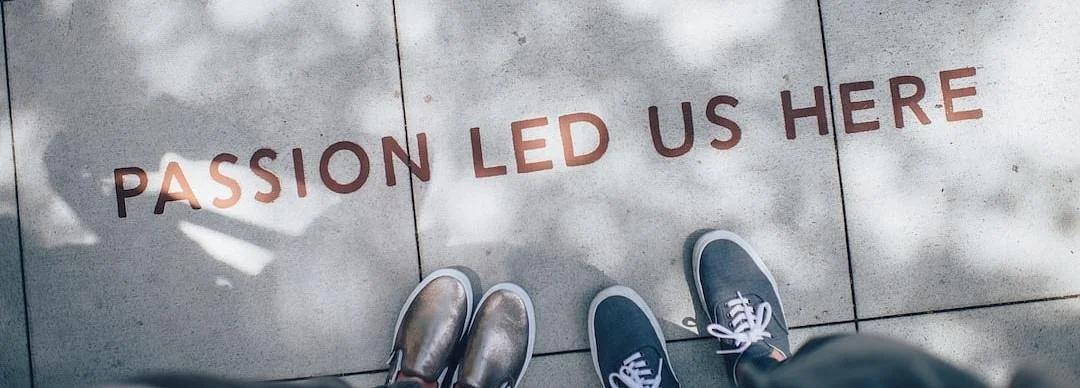The Protectors
By
Denise Laura Baker
Published in September 2021 as part of the extended digital edition of Social Works? Open journal…
“This article is concerned with my ongoing social documentary project focused on the activists involved in the Stop HS2 campaign in the UK. The Protectors began in September 2020 after my first protection camp visit. I subsequently visited other sites along the proposed line throughout the Autumn and Winter before the second Covid 19 lockdown was initiated.”
During protest campaigns and actions, participants often sing songs, paint placards and posters, even create theatrical performances to communicate the urgency of their cause. In the HS2 campaign protestors have built encampments, erected tree houses and dug tunnels using humour and resourcefulness to draw others in. In doing so, they create the conditions for others to engage with the issue. Several of these camps have evolved into ‘transition towns’, for example at Grow Heathrow, a squatted market garden, which blossomed from the airport expansion protests, where people came together to reimagine the world around them, to reclaim the environment and create their own economy through the forming of a new kind of community; one which shares skills, builds connections and provides support. These communities are often under threat; Grow Heathrow existed for ten years as a community only being evicted in March this year. The creativity and resilience of the residents will remain and they will reband in other camps and spaces, continuing the work of building a new way of life.
As an artist/photographer and archivist, a lover of the natural environment and a mother who wants a future for her children, the creativity and innovation used by the protest fraternity has always fascinated me. I am instinctively drawn towards the narrative, observing how it is expressed through humour, intelligence, pathos and imagination, as well as appreciating the visual design. I also held strong feelings about the proposed train line and felt drawn to working with those opposing it. Nature is the world’s greatest creative asset, producing beauty, diversity and life in all its forms. As a life-long Greenpeace and Friends of the Earth supporter, I had often looked on in awe as friends engaged in direct action campaigns such as protests against the Newbury bypass and Twyford Down which also saw wide-scale destruction of our natural habitats simply to build roads and bypasses.
My work draws on these elements. As I photograph each carefully choreographed action—every poster, banner, or piece of artwork—I am able to connect it to the environment in which it is made, whether it be an elaborate, creatively engineered tree house up in the branches, a painted banner in the woods, or a small hand carried flag with a simple slogan, I become immersed in the art of the protest.
The background to the campaign and argument against the project is that:
HS2 is the most expensive, wasteful and destructive project in UK history. It is set to destroy 108 ancient woodlands, 693 wildlife sites, 33 sites of Special Scientific interest, 5 internationally important wildlife sites protected by UK law, 2000 homes and businesses and 19,500 jobs.
Many of us engage in protesting on certain levels; whether it be ‘keyboard warrior’ actions such as completing surveys or petitions, emailing our MP’s, or occasionally joining a march or a street protest, but it takes a certain kind of commitment to give up the mainstream and engage in non-violent direct action. Not only are these individuals so committed to protecting our environment they are willing to live in cold, muddy, damp camps with limited facilities and resources all year round, but they are also willing to put their health, safety and wellbeing on the line, which they do regularly, to make a stand for us all.
My first experience of protection camp life was a year ago when I visited Crackly Woods; a camp established on private land in Warwickshire, owned by a single mother who lived in her family home there with her seven children. The land had been compulsorily purchased by HS2 for a fraction of its value. She was subject to eviction at any time. She quietly accepted the camp’s presence as squatters, on her land, and the two groups co-existed alongside one another. I initially joined the camp for a weekend when local Extinction Rebellion groups joined forces to help with some actions and to prepare the camp for the approaching winter. I then made subsequent revisits as I got to know the people living there; made friends, documented actions, photographed the woodland and trees before they were lost, and captured the desolation of the changing environment.
I also spoke with the activists about their passion and commitment to the protection of our environment and their willingness to take action despite the threats and risks to themselves. With articles in the press suggesting that the British Government are targeting groups they consider ‘extreme left’ (which include environmental protestors) and the naming of Extinction Rebellion on the terror list these risks cannot be underestimated. Where once we were able to embrace our democratic right to peaceful protest, now engaging in these activities is taking a more risky and dangerous turn.
To date, over 200 cases of Human Rights violations have been submitted to the Court of Human Rights by protestors from these camps, where young women and those from minority ethnic groups have been specifically targeted, beaten and bullied. I have witnessed assaults that have resulted in quite serious injury. In addition, the hypocrisy of the government during the Covid 19 pandemic is blatant. While HS2 workers, bailiffs and security plough ahead with often illegal woodland destruction, regardless of Covid restrictions, without the appropriate documentation the activists come under fire for gathering to protest, frequently being arrested and issued with fines under the Covid regulations.
For me, this is an ongoing story of everyday heroism and the coming together of a transient community made up of very different people, ages, and backgrounds, but not just that, it is a document of a period of time which includes the natural beauty of the woodlands and the aftermath of tree felling. The fence becomes a motif for the separation of those who hold the power and those who challenge and the divide between the before and after.
The protestors themselves are just ordinary people, fighting against the loss of our heritage. In the words of ‘Harry’:
Everything we thought was stable, is transient. Our world is collapsing before our eyes and so few even see it. I’ll mourn these oak trees
And 'Tumnus':
Considering my father was an active rigger at Newbury, there’s no surprise that my first actions of anti HS2 (activism) involved shooting up a tree. After what I’ve witnessed, I’m disgusted that the NET are still operating and aren’t chained up in cells. However, the energy and spirit that’s overflowing in the camps and at actions, fills me with hope for the planet and the people.
It is hard to predict how the project will end... HS2 may end up being a hugely expensive white elephant that none but the wealthy can afford to use, or perhaps increased public awareness as a result of the protest might turn the tide of opinion and limit the damage to these ancient woodlands.
I am currently working on a book that documents the Euston Square Gardens evictions, just one camp and one eviction amongst many. I am also looking at ways to disseminate this work to those involved in the campaign, perhaps through the creation of a zine. Some work I share through instagram, ever mindful that individuals still wish to protect their identities.
This, for me, is a project still in its infancy with a long way to go. Regardless of the outcome, one certainty is that my project will leave a legacy of photographs, as testament to the work of many protestors to halt the process.



